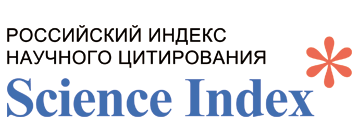Ti3C2/TiO2 COMPOSITE CATALYST FOR HYDROGEN EVOLUTION REACTION PRODUCED BY SELF-OXIDATION METHOD
DOI:
https://doi.org/10.51580/2025-1.2710-1185.01Keywords:
hydrogen evolution reaction, water electrolysis, alkaline electrolyte, electrocatalyst, 2D materials, MXene, titanium dioxideAbstract
Abstract. Introduction. The layered material MXene (Ti3C2Tx) has a high specific surface area and
variable surface functional groups, which creates the possibility of its application in various directions.
One of them is the water electrolysis to produce ‘green’ hydrogen. However, in its pure form, MXene has
low catalytic activity for this process, so it is modified by varying both the functional groups and
additional active components. Titanium dioxide (TiO2) has previously been used as an effective hydrogen
evolution reaction (HER) catalyst, both pure and in combination with MXene materials, showing
synergistic effects and increasing the HER performance. Moreover, TiO2 is formed by oxidation of
Ti3C2Tx on the surface of this material layers, which is a simple and affordable way to obtain a modified
catalyst. The purpose. To develop an efficient catalyst for HER based on MXene layered material and
titanium dioxide. Methodology. The MXene/TiO2 composite catalyst was prepared by controlled oxidation
of MXene suspension with air oxygen. The composition and structure of the synthesized catalyst samples
were confirmed by X-ray diffraction analysis, Raman spectroscopy and transmission electron microscopy.
The catalytic activity of MXene/TiO2 was determined by linear voltammetry. Results and Discussion.
With increasing oxidation duration, an increase and then a decrease in the catalyst efficiency was first
observed. The optimum oxidation time was 48 hours, and the hydrogen evolution overpotential was - -301
mV at 10 mA/cm2
. Conclusion. The composite catalyst based on MXene/TiO2 obtained by the method of
oxygen-air oxidation has acceptable catalytic activity for the HER.

















